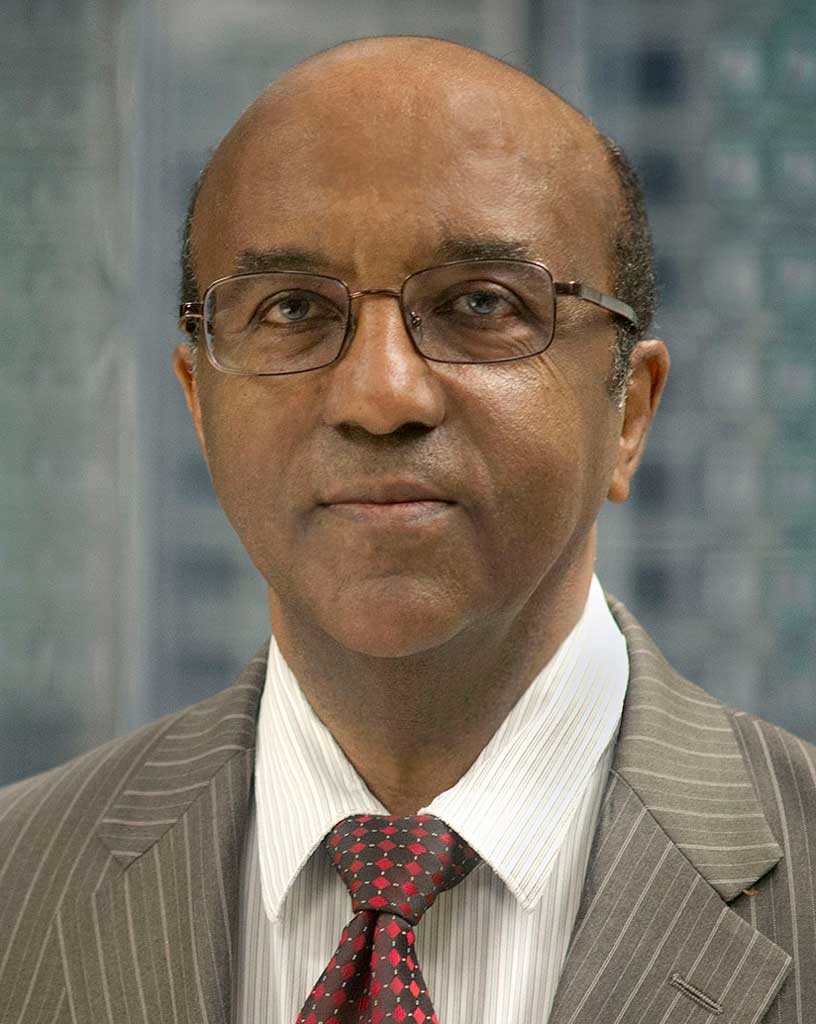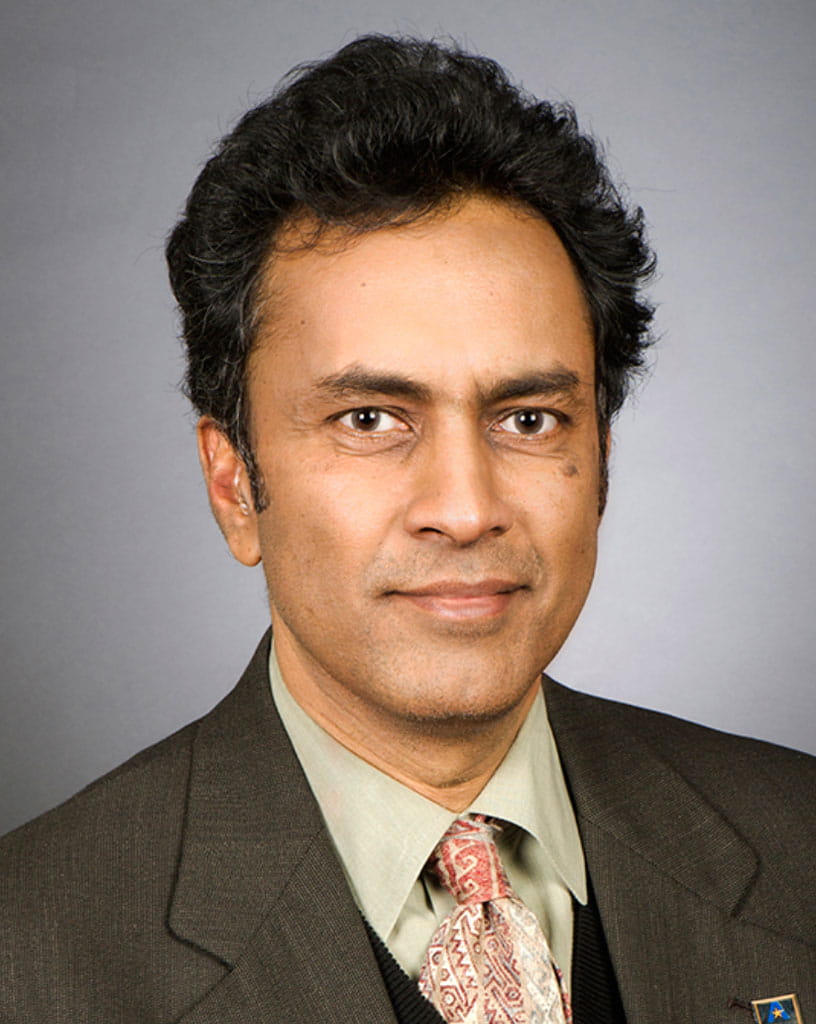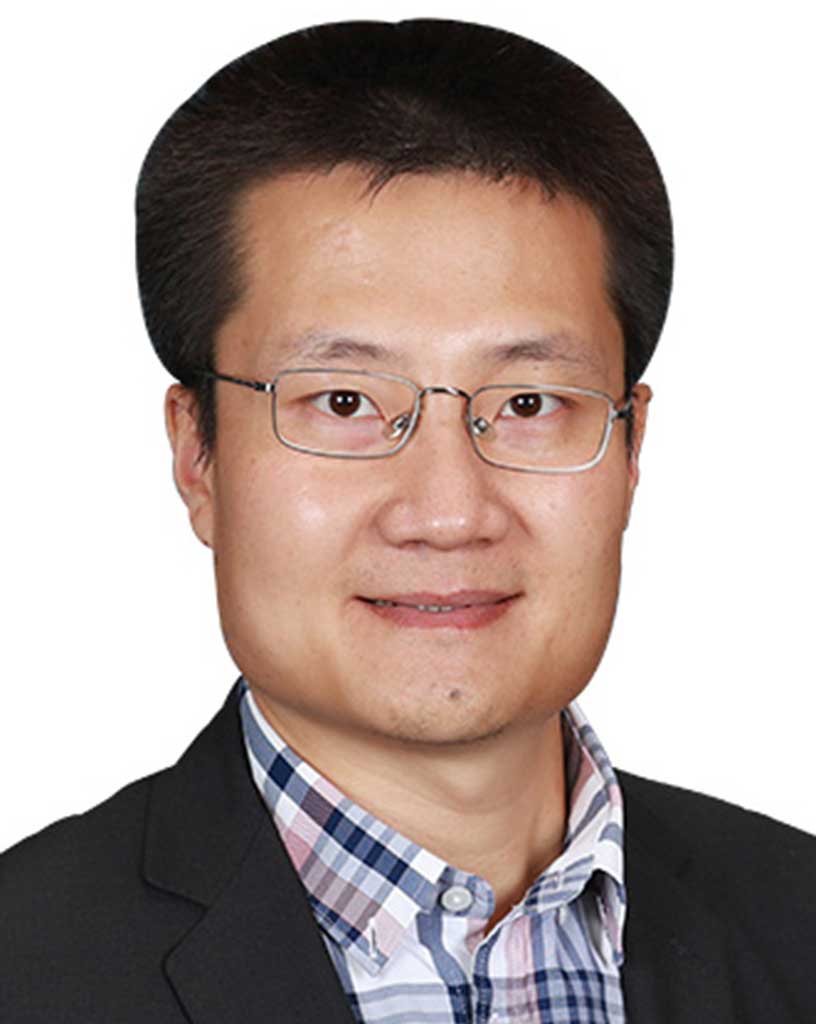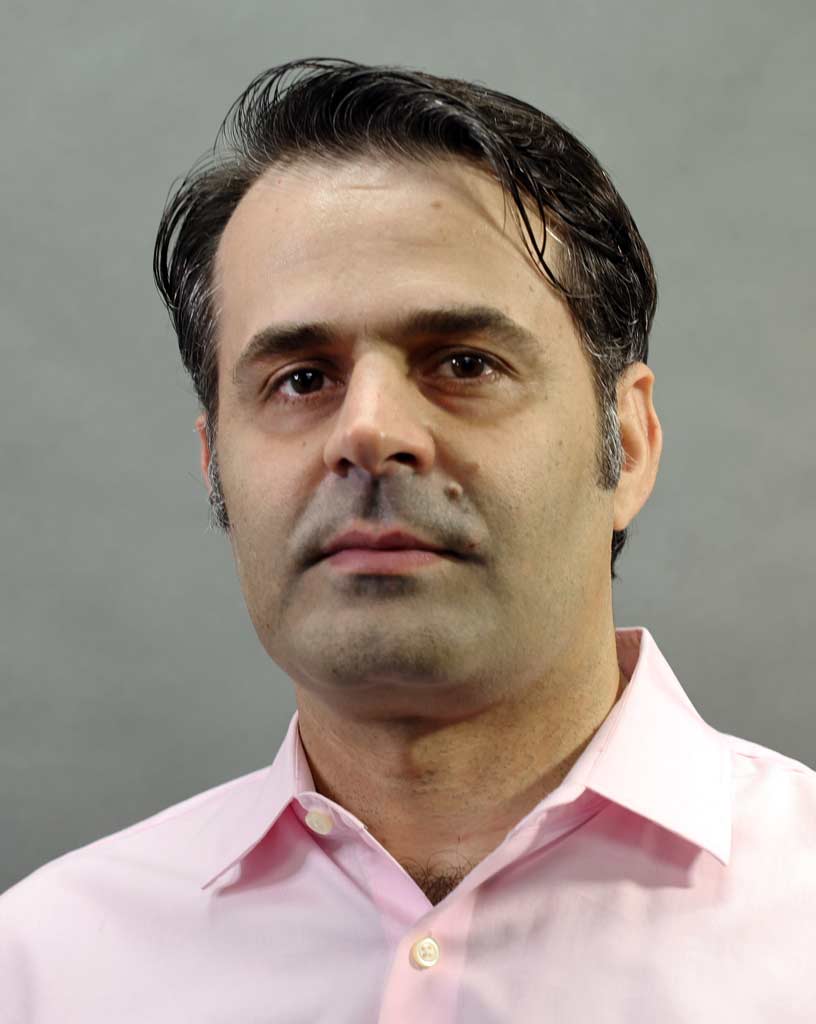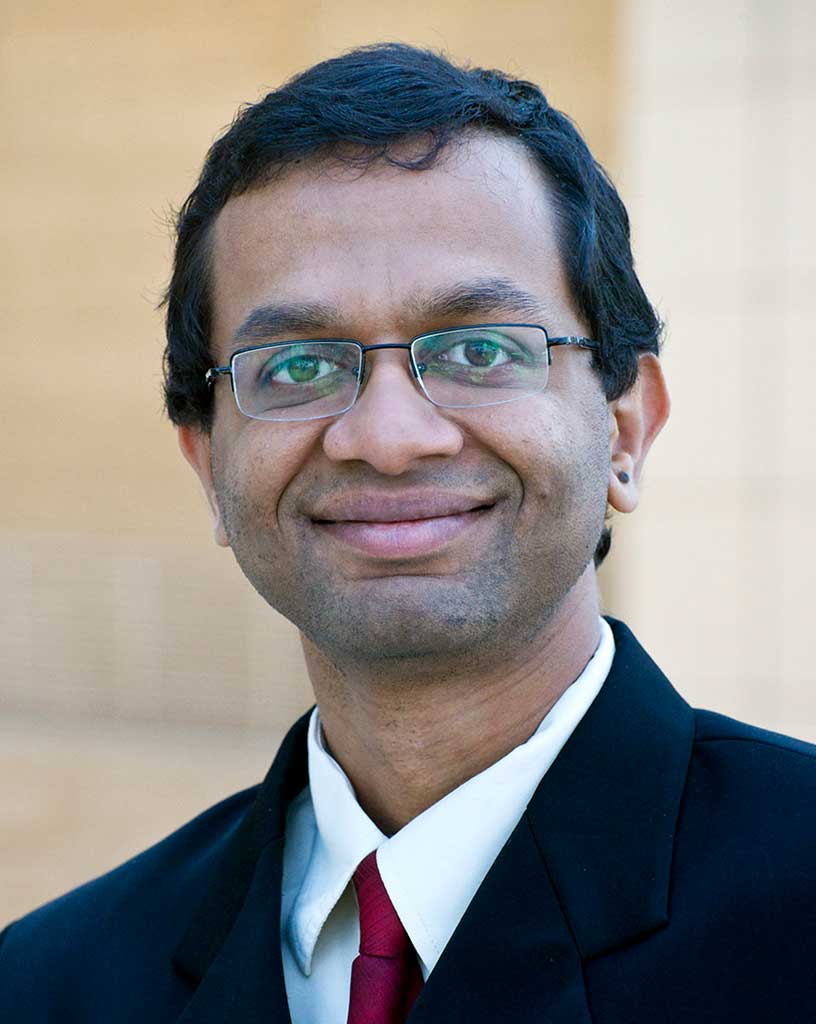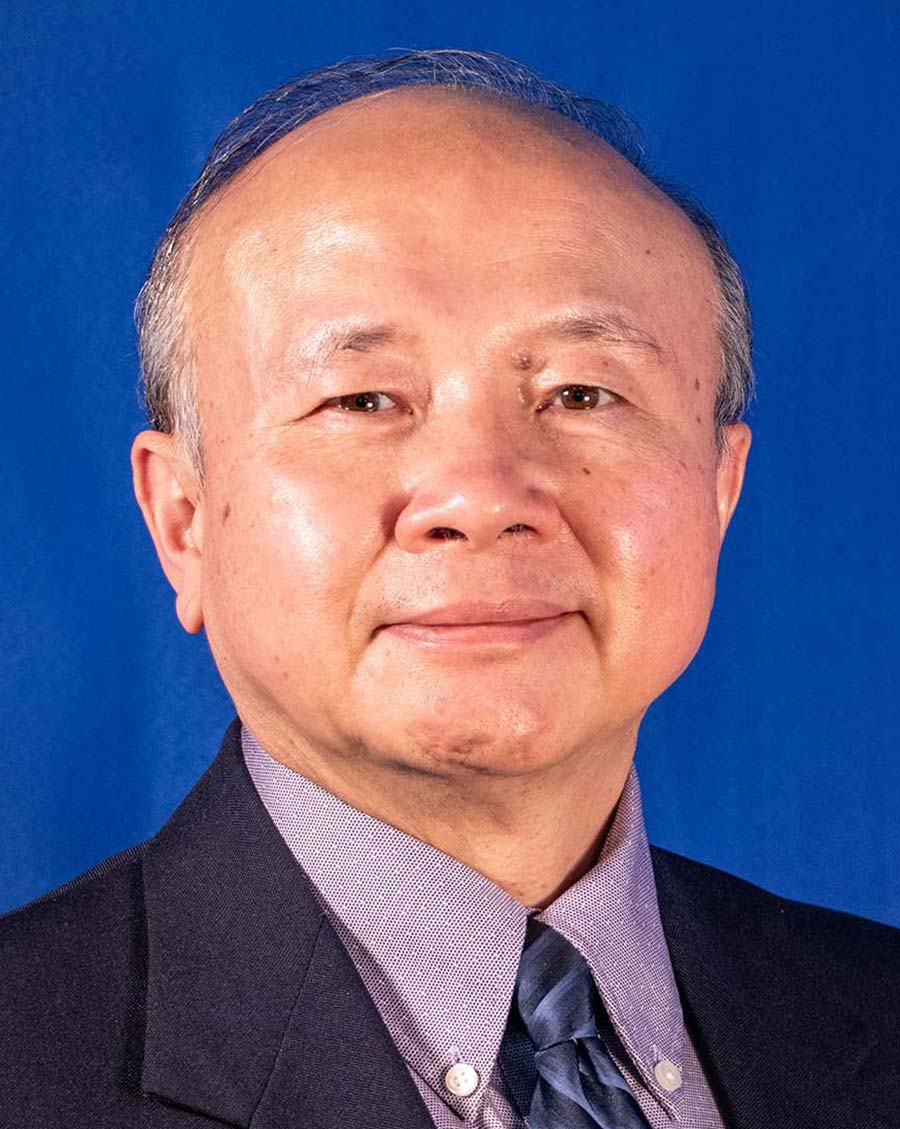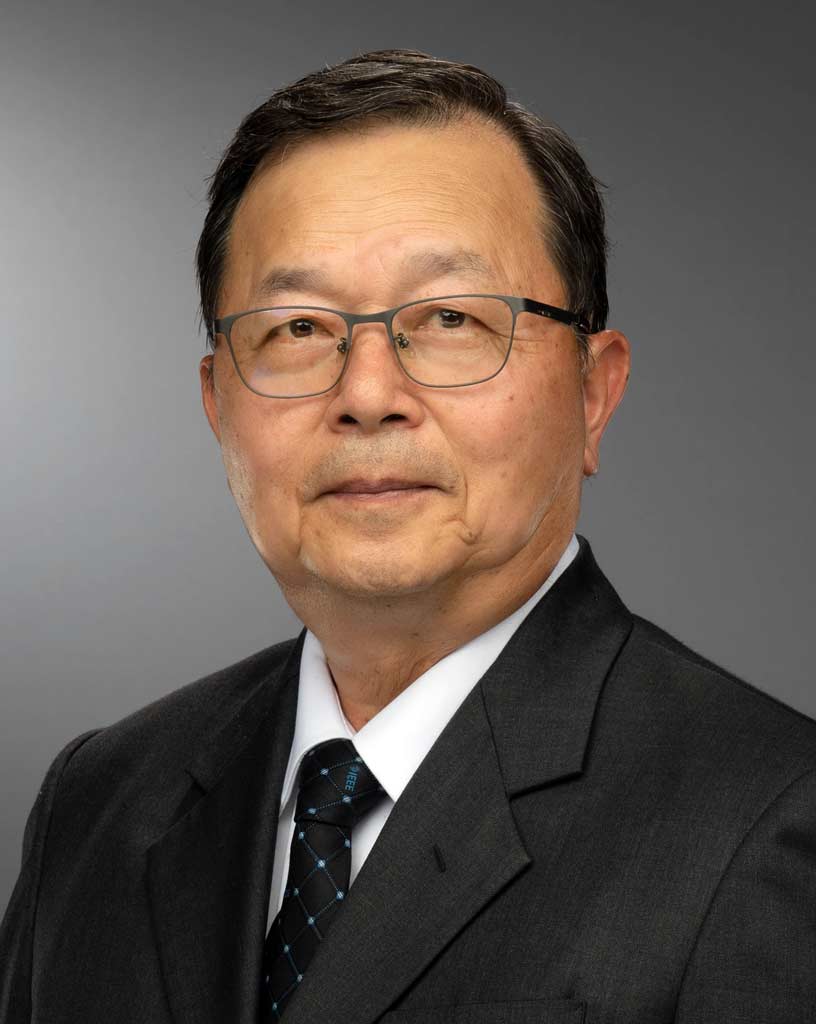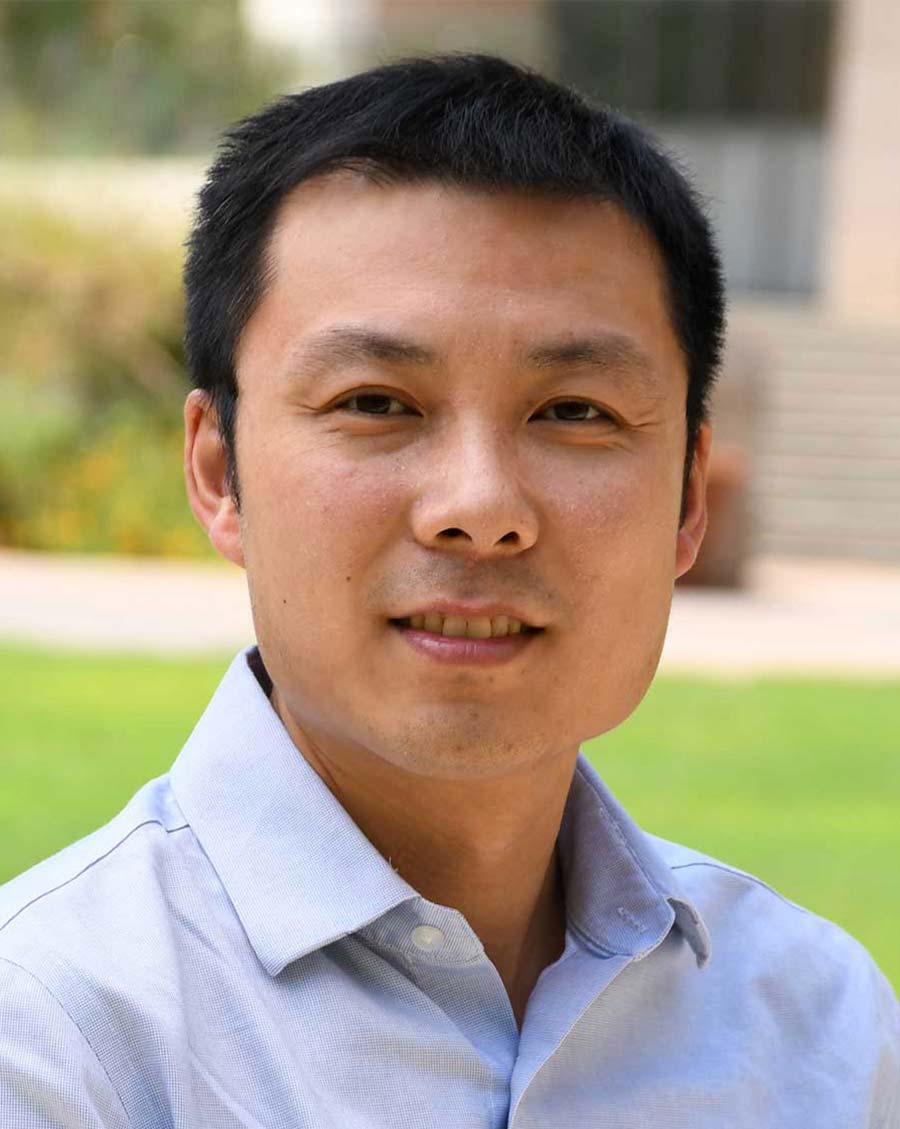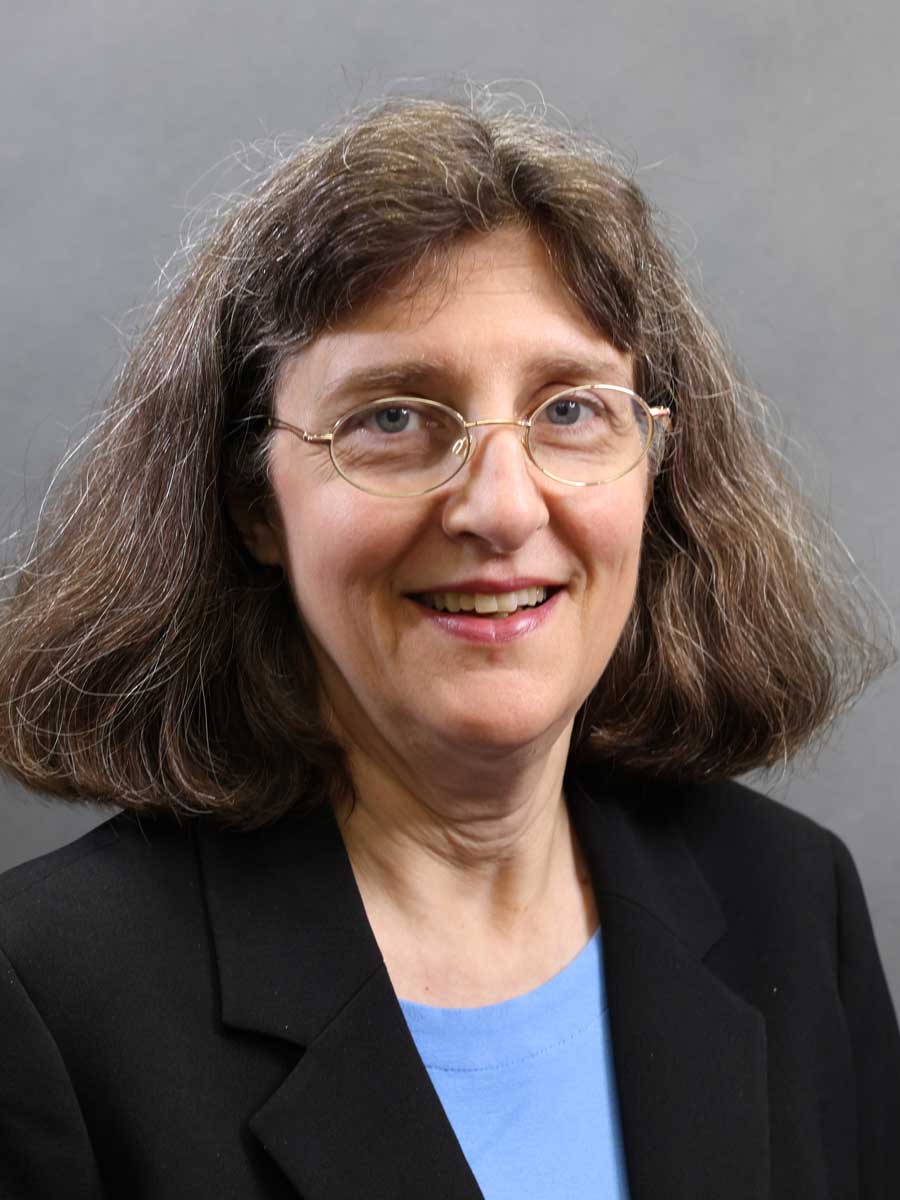634 Nedderman Hall
Box 19019
416 Yates Street
Arlington, TX 76019-0019
Energy Management and Sustainability
Recent Highlights
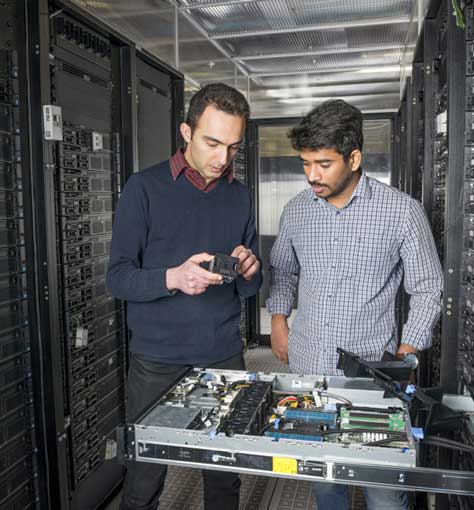
Center for Energy-Smart Electronic Systems (ES2)
With facilities at UTA, Binghamton University, Villanova University, and Georgia Institute of Technology, the Center for Energy-Smart Electronic Systems, a National Science Foundation Industry/University Cooperative Research Center (I/UCRC), works in partnership with government, industry and academia to develop methodologies for efficiently operating electronic systems, including data centers, by controlling resources and managing workloads to achieve optimal energy consumption.
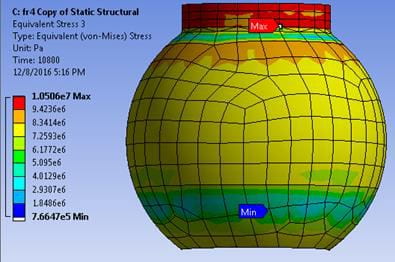
Electronics, MEMS, & Nanoelectronics Systems Packaging Center (EMNSPC)
The EMNSPC focuses on developing and studying conventional and novel data center cooling technologies and determining the effects of environmental conditions on IT equipment reliability at the server and package level.
Research Highlights
Changing ways computers dissipate heat
UTA researchers patented a novel cold electron transistor that drastically reduces the amount of energy required to operate as compared to traditional transistors by reducing power dissipation by as much as a factor of 100 on transistors inside consumer transistor-laden components like cell phones, laptops, tablets and workstations.
Determining minimum energy use possible in lasers
A UTA electrical engineering is developing semiconductor laser-based optical interconnects as an energy-efficient solution for the sustainable power consumption required to keep up with explosive data traffic growth.
Cooling 3-D packaging
A UTA mechanical engineering professor is working to find the best process of packaging integrated circuits by stacking silicon dice and interconnecting them and thus building up in 3-D rather than out, leading to a multidimensional heat transfer system that is capable of sub-ambient heat transfer while minimizing the room required for cooling stacks.
Converting food waste into energy
A UTA civil engineering professor is helping the North Central Texas Council of Governments determine how much more energy can be generated by diverting food waste from landfills to anaerobic food digesters.
Detecting and repairing large gas leaks
A UTA civil engineer is investigating leak detection and repair methods for underground pipelines, especially large leak scenarios, and decreasing the likelihood of accidents due to leaks by using sensor networks that allow monitors to quantify leak rates, how gas is moving and other key indicators so companies can make critical, real-time decisions to address problems.
Solving the challenges of energy storage on Navy ships
A UTA electrical engineering professor is designing, building, and installing a roughly 150 kilowatt distributed generation source testbed that will integrate high-voltage AC power sources and DC energy storage that he will use to study the configuration and integration challenges the Navy will face as it attempts to operate high-power, intermittent loads on its future ships.
Converting natural gas to diesel and jet fuel
UTA researchers have perfected a conversion process and created a proprietary technology that allows them to produce liquid fuel from natural gas on a large scale.
Improving efficiency, security and reliability of the national power grid
A UTA research team is designing new algorithms to address the challenges of power grid optimization by developing massively scalable computational methods for power system scheduling.
Turning waste into energy
Civil engineering researchers have done extensive work into boosting methane production in landfills as an alternative energy source, and in making landfills more efficient and sustainable.
Resources
Center for Energy-Smart Electronic Systems
Data center sustainability, availability and system energy optimization, holistic IT load management and control, air cooling systems, control and optimization, warm water liquid cooling, two-phase and immersion cooling, waste energy harvesting, power distribution and storage. Embedded cooling Electronics cooling lab, two 625-square-foot data center lab facilities.
Center for Renewable Energy and Science Technology
Converting lignite to low-cost crude oil, converting natural gas to sulfur diesel and aviation fuel, anotechnology-based reactors for converting plant fats to liquid fuel, low-cost solar photovoltaic devices, energy harvesting from wind and hydro sources, portable fuel cells, CO2 conversion to liquid fuels technology, conversion of biodiesel production byproducts to useful products.
Electronics, MEMS and Nanoelectronics Systems Packaging Center
Data center contamination, liquid cooling, immersion cooling, reliability. Viscometer, wind tunnel, DMA, TMA, polarizing microscope, environmental chamber.
Pulsed Power and Energy Lab
Pulsed power sources and loads, high-voltage dielectric breakdown, electrochemical energy storage, mechanical energy storage, electric power delivery systems, microgrids, and power electronics.
Solid Waste Institute for Sustainability (SWIS)
SWIS is an Organized Research Center of Excellence dedicated to developing clean and healthy urban cities through sustainable waste management. SWIS combines science, engineering, and social science expertise to develop new methodologies and solutions that allow researchers to explore international paths to sustainable waste management. SWIS works for a better future by developing sustainable solid waste management that incorporates the economy, people and environment which will be beneficial to all.

